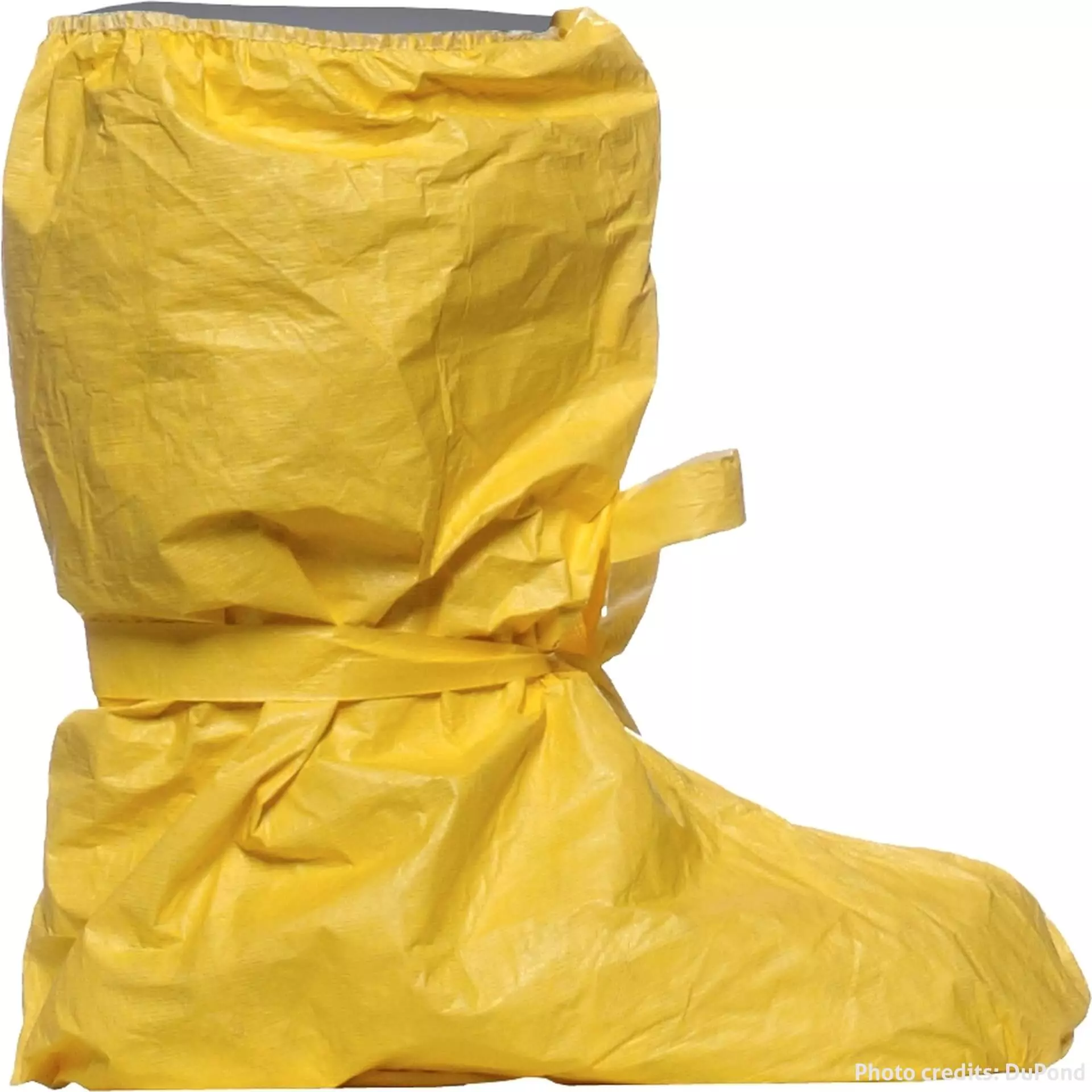
Product description
- Fixation straps
- Knee high
- Partially stitched, slip-resistant sole
- Antistatic finish
The DuPont logo, DuPont™, The miracles of science™ and all products marked with ™ or ® are trademarks or registered trademarks of DuPont de Nemours, Inc. DuPont's trademarks may not be used in connection with any product or service that is not DuPont's.
Polyethylene spunbond with barrier film
EN 14126:2003, EN 14605:2005 A1:2009 Type PB3
About Shoe Cover
Shoe Covers provide essential floor and environment protection by preventing the spread of dirt and contaminants. These durable, easy-to-use overshoes are perfect for healthcare, industrial, and home settings where cleanliness is crucial. Slip them on quickly for reliable protection during your tasks.
- Chemical Resistance
- Electrical Protection
- Slip Resistant
Standards and labels
Asatex delivery terms
Free delivery for all Asatex products
DuPont
TYCHEM® 6000 F POBA Boot Cover, 50 pieces
TYCHEM® 6000 F POBA Boot Cover, 50 pieces
4.8 / 5
263,58 €
Price per 25 packages (50 pcs)
5,27 € / piece
Choose size
Free delivery